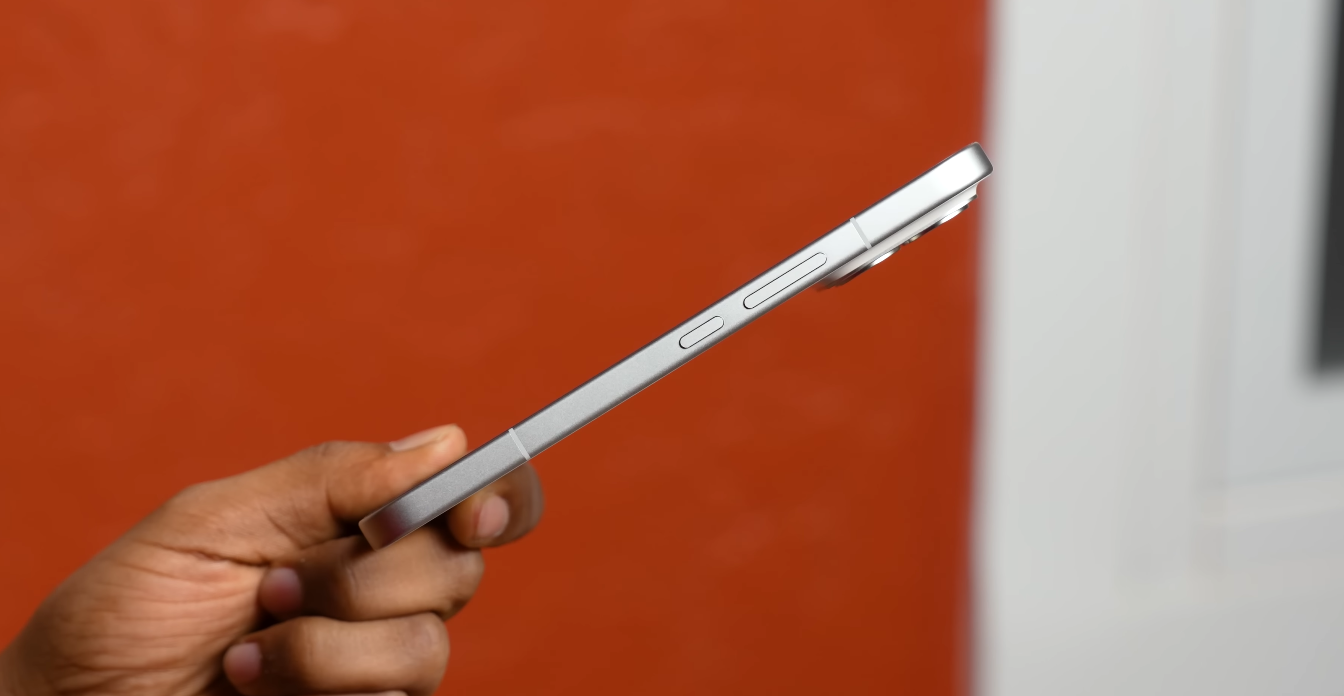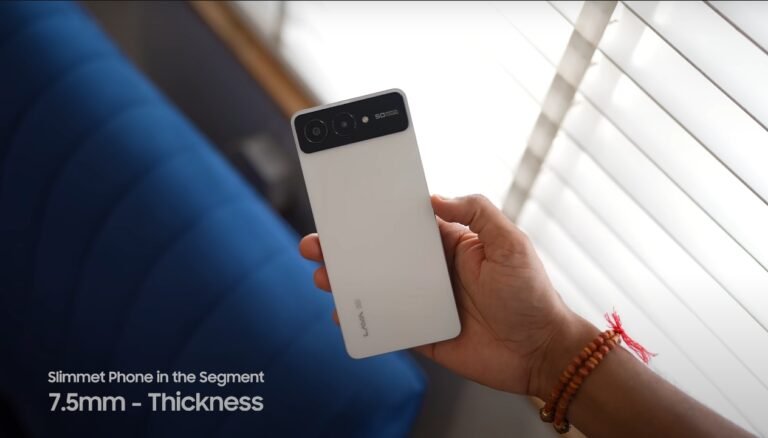POCO F8 Pro vs ultrabudget flagship: where is the sweet spot in 2025?

Finding the perfect balance between performance and value for smartphone buyers
The POCO F8 Pro is shaping up to be one of the most anticipated smartphones of 2025, promising flagship-level performance and long-term usability. On the other side of the market sits the rapidly growing class of ultrabudget flagships, offering premium-style features at significantly reduced prices. The big question for buyers in 2025 is whether to stretch the budget for the newest technology or settle for something more cost-efficient without missing out on essentials.
The POCO F8 Pro is targeting users looking for the latest performance standards. With a next-generation Snapdragon chipset, high-resolution OLED panel and advanced camera setup, it delivers future-proof specifications that can easily handle gaming, high-resolution photography and demanding multitasking. For users who keep their phones for several years, the F8 Pro offers the advantage of a longer performance lifespan and extended software support.
Ultrabudget flagships, however, are now more compelling than ever. These phones usually feature a strong main processor, a fast 120 Hz display and respectable camera hardware, all at a significantly lower price than top-tier releases. The difference typically lies in the omissions: no cutting-edge zoom camera, slightly lower display resolution, fewer luxury features or shorter software support. But for many everyday users, these compromises are hardly noticeable.

A key factor separating these two device categories is long-term reliability. While ultrabudget flagships provide excellent usability today, performance gaps may appear sooner over time, especially as apps become heavier and games demand more power. The POCO F8 Pro, by contrast, is designed to stay fluid for multiple years, offering headroom for future updates and increasingly complex system requirements.
Camera systems also highlight the difference in priorities. The F8 Pro is positioned to deliver a more refined photography experience through higher-resolution sensors and improved stabilisation. For content creators and users who care about consistent photo and video results, the newer camera technology strengthens the argument in favour of the F8 Pro. Ultrabudget flagships still take good photos, but they rarely match the versatility and detail of the latest flagship-grade setups.
Displays in both categories offer smooth performance, but the flagship edge remains noticeable. The POCO F8 Pro is expected to feature a high-resolution panel that benefits users who enjoy streaming, reading and graphic-rich content. Ultrabudget models provide fast refresh rates but often with lower resolution, which is an acceptable compromise for users focused primarily on speed and responsiveness.
Price sensitivity plays a crucial role in the purchasing decision. If budget is tight, an ultrabudget flagship can deliver 85–90 percent of the flagship experience while keeping costs reasonable. For many buyers, that represents the sweet spot. However, for users who can afford to spend more and want higher longevity, the additional premium for the POCO F8 Pro is justified by the longer software lifecycle and enhanced performance over time.
For those considering an upgrade cycle of one to two years, the ultrabudget flagship option offers excellent return on investment. Conversely, for those looking to buy a phone that will remain reliable for three to four years or more, the POCO F8 Pro offers the safer long-term bet. The best choice depends on whether immediate savings or continuous high-end performance matters more.
In 2025, the sweet spot isn’t defined by a single device category but by each buyer’s expectations. Users who want maximum value for moderate usage will find ultrabudget flagships ideal, while users who want the latest hardware and worry-free longevity will benefit from investing in the POCO F8 Pro. The ideal smartphone choice ultimately comes down to choosing how much flagship power you need versus how much value you want.





